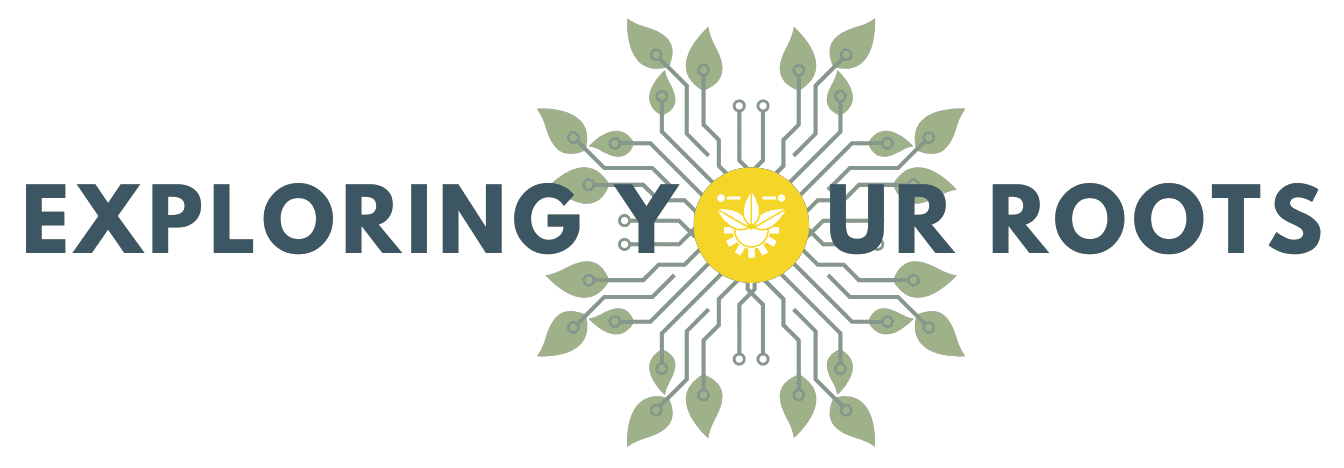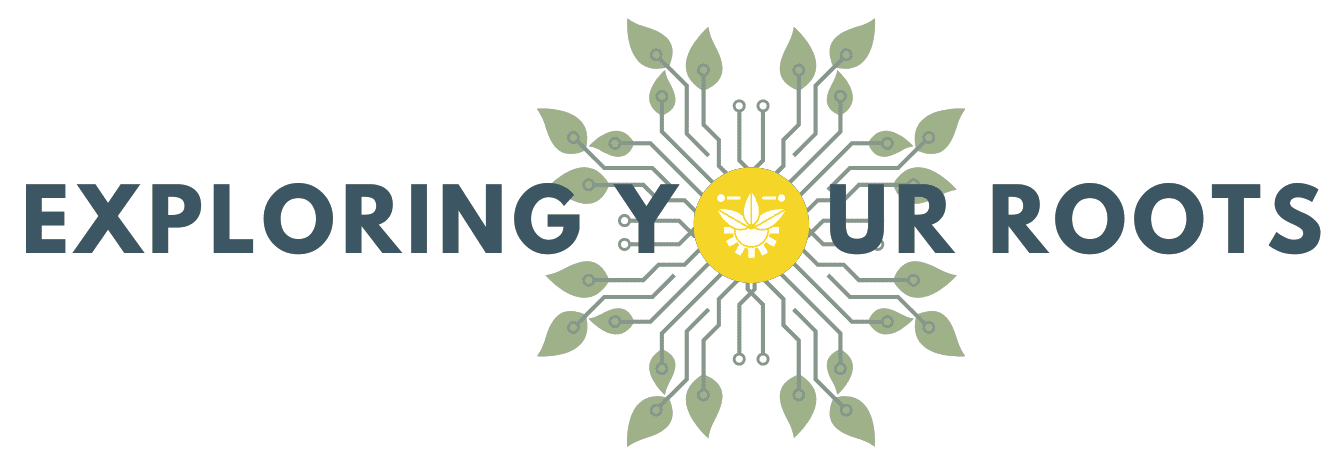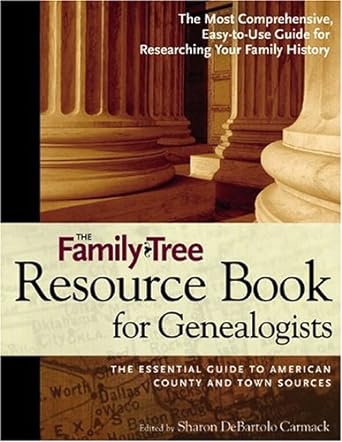Researching one’s ancestral home is like embarking on a time-traveling adventure! While you may have uncovered many details about who your ancestors are, exploring the places they lived and what went on during the eras your ancestors were there can yield powerful insights into your family’s past.
How did local events and circumstances impact them? How did those environmental experiences challenge or enhance your family’s perspectives and beliefs? Can understanding the historical context of your family history explain more about your own life? Excavating stories of place can connect us to our heritage and illuminate our own personal development journey in a profound way. Learning more about your ancestral home not only uncovers hidden gems of history but can significantly enrich self-awareness and understanding of the lives we live today.
Unveiling Clues and Records from the Past
What is an ancestral home anyway? It’s the house, village, or region where your extended family originated or lived in the past. Whether you choose to go back many generations or research ancestral places in the more recent past, delving into the historical records of where your ancestors’ lived can reveal a lot about you and your family. Understanding how place can shape family values, how events impact approaches to adversity, and how environment can change life perspectives. Unraveling their stories not only breathes life into the past but also enriches our family narratives, offering a deeper appreciation of the legacy passed down through generations.
Using Source Guides for Research
Your Compass in Genealogy Research: Source Guides
Embarking on the journey of genealogy research can be overwhelming, with an ocean of information to navigate. Here, source guides come to the rescue as your trusted companions. These guides compile essential resources, expert tips, and detailed instructions, pointing you in the right direction to uncover hidden family history gems.
Treasure Maps: “The Family Tree Resource Book for Genealogists” and FamilySearch’s Research Guidance
“The Family Tree Resource Book for Genealogists” and FamilySearch’s Research Guidance are virtual treasure maps, guiding you through vast genealogical archives and databases. These invaluable resources provide a roadmap to explore your family’s past with confidence, allowing you to discover previously unknown connections and insights into your ancestry.
As an Amazon Associate we earn from qualifying purchases.
Printable Research Outlines: Your Personal Guidebook
Organization is key when delving into genealogy research, and printable research outlines act as your personalized guidebooks. With each ancestral location, these outlines help you plan your research journey systematically, keeping track of your discoveries and progress. By creating a clear roadmap, you can efficiently navigate through the vast sea of historical data. You can find a wealth of free printable templates at AmericanAncestors.org.
Tapping into Online Records, Indexes, and Search Engines

Virtual Gateways: The USGenWeb Project and American History and Genealogy Project
Step into the digital world of genealogy research to learn more about ancestral homelands with the USGenWeb Project and the American History and Genealogy Project. These platforms, fueled by passionate volunteers, offer a goldmine of information about places and their histories. You’ll find transcribed records, historical documents, and even old photographs that shed light on the lives of your ancestors.
Exploring Online Records and Indexes
Embark on cyberspace expeditions with powerful tools like Cyndi’s List, Linkpendium, and Google. These platforms offer a wealth of genealogical data and can provide in-depth information about your ancestral homeland. From comprehensive indexes to user-submitted family trees, the online realm is brimming with potential discoveries.
Mastering the Art of Effective Searching
As you venture into the vast ocean of online records, mastering the art of effective searching is essential. Utilize place names and record types strategically to refine your search queries. By doing so, you’ll dive deep into archives, unearthing precious nuggets of information about your ancestors.
Quotation Marks: The Key to Precision
When conducting searches, quotation marks act as anchors, ensuring precise search results. By strategically using quotation marks around specific phrases or names, you filter out irrelevant results, honing in on records directly relevant to your family’s history.
Lots of additional tips and tricks available in this article: 41 Search Tips for Google, Ancestry and Other Genealogy Websites.
Locating Ancestral Places on Maps
Using Google Maps to Explore Ancestral Homelands
Google Maps is a free web-based app that provides street maps for Australia, Canada, Japan, New Zealand, the United States and a large portion of western Europe. Satellite map images for the rest of the world are also available in the app. While Google Maps does not include historical listings, it is a good way to view ancestral homelands as they appear today and plot out locations pertinent to your homeland exploration. For more on using Google Maps in your search, check out Mapping Your Ancestry with Google Maps and Using Google Maps for Genealogy and Family History.
US Board on Geographic Names
If you’re researching ancestral homelands in the United States, equip yourself with web tools like those available through the US Board on Geographic Names database. The Geographic Names Information System (GNIS) contains data about the official names for geographic features in the 50 States, the District of Columbia, and the dependent areas of the United States, as well as Antarctica. This powerful system can be a great navigational aid, guiding you through the history of place names and helping you make connections to name variations that may show up in other historical records. This not only can help pinpoint ancestral homeland locations, but it offers some insight into the evolving landscapes of your ancestors’ time.
Discovering Family History through Local Histories

Treasures in Town and County Histories
Local histories often hold valuable details of your ancestors’ daily lives. These historical narratives paint vivid pictures of the communities they lived in, offering insights into their experiences, livelihoods, and even the challenges they faced. Delve into these records to discover the fabric of your family’s past.
HeritageQuest Online and BYU Family History Archive
History comes alive through resources like HeritageQuest Online and the FamilySearch Digital Library. These online archives house digitized local histories, providing a more detailed picture of ancestral homelands and the circumstances and conditions that were present in different eras. Investigating these digital time capsules can give witness to how your ancestors experienced your homeland.
Embracing Paper-and-Glue Histories
In an era dominated by digital records, don’t overlook the tangible treasures found in local libraries and historical societies. Embrace the experience of immersing yourself in paper-and-glue histories, holding documents and photographs from a time long past. These tangible connections offer a unique perspective on your family’s journey.
Unearthing Local Records
The Unparalleled Value of Local Records
Local records are the gems that breathe life into your ancestors’ stories. From birth and death records to land deeds and wills, these documents provide valuable insights into their lives and legacies. Unearthing these records paints a detailed picture of their day-to-day existence.
Indexes, Transcriptions, and Digital Images: Online Accessibility
The internet hosts an extensive repository of local record indexes, transcriptions, and digital images, accessible with the click of a mouse. Embrace the convenience of the digital age by diving into these online resources, where treasures of your family’s history are waiting to be discovered. The Library of Congress Local History and Genealogy Section is a great place to start. This collection of U.S. and foreign local history and genealogy publications contains 100,000 U.S. local histories and more than 50,000 family histories. While strongest in American resources, the archive also hosts a large number of documents from Western European countries. You’ll find manuscripts, microfilms, newspapers, photographs, maps, and published material, but it is not a repository for unpublished or primary source county or state records.
Digitized Worldwide Microfilms at FamilySearch.org
A wealth of personal discoveries can also be made by combing through worldwide microfilm resources available through FamilySearch’s digitized microfilm collection. This extensive library provides free access to records that were previously not available online. With more than 11.5 billion individuals, 200 countries and principalities, and 100 languages represented in the genealogically significant digitized records, you are sure to find information on the places your ancestors lived.
Connecting with Other Researchers
Breaking Barriers: Ancestry Community and GenForum
Collaborate and share insights with fellow researchers worldwide on platforms like Ancestry Community and GenForum. Break through geographical boundaries, joining hands with others who share your passion for genealogy. These connections can help you uncover the context and stories tied to your ancestral home.
Joining Genealogical and Historical Societies
Immerse yourself in the world of genealogical and historical societies. These vibrant communities offer not only support and expertise but also access to exclusive resources that will enrich your genealogical journey. Engage with like-minded individuals and unlock new doors to your family’s past. To find groups to join, start with a general lists on Wikipedia for genealogical societies or heredity and lineage organizations. From there, drill down to those that are particularly pertinent to your family’s background and place of origin.
The Value of Exploring Ancestral Places
Adding Context to Your Family History
The journey to understanding ancestral places can encompass many avenues of discovery, but ultimately they lend a more complete context to your family history. Whether you start with a source guide or immediately jump into online records, indexes, search engines, maps, and local histories, you’ll likely find a ton of information about your ancestral home. With each bit of information, you begin to paint a vivid picture of your ancestors’ lives, creating a captivating narrative to pass down through generations.
Self-Discovery Is a Bonus
With these ideas and tools at your disposal, you’ll not only have a clearer picture of your ancestors, but you will begin to see how places and events shaped perspectives and formed traditions and beliefs still held by your family today. Ultimately, the exploration of our ancestral home is a journey of self-discovery. It not only reveals a deeper connection to our family’s history, but it provides a profound understanding of who we are.
Thinking of visiting your ancestral home? Read more about travel to ancestral places in Heritage Travel: An Alluring Journey to Ancestral Homelands.



